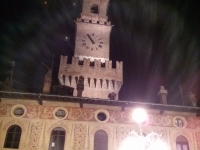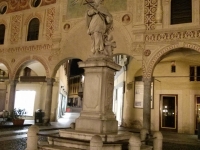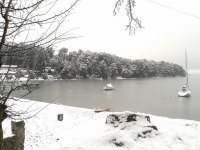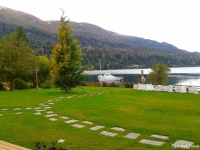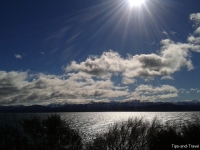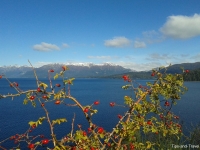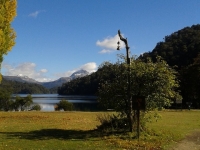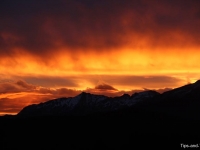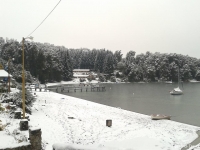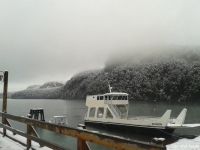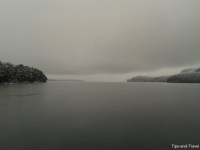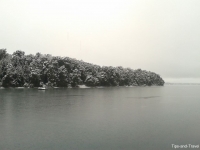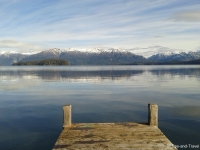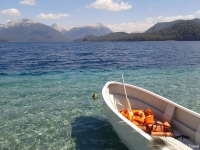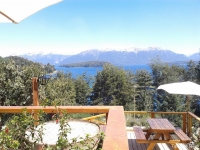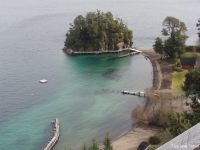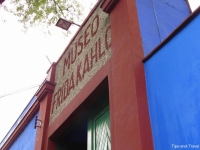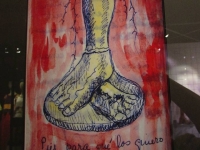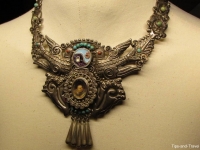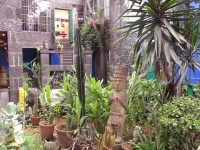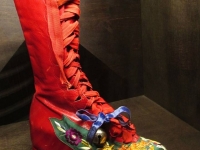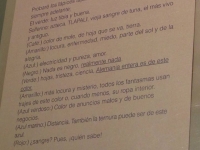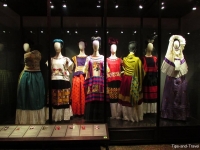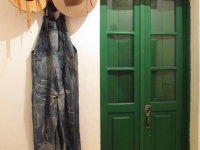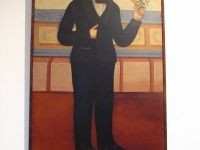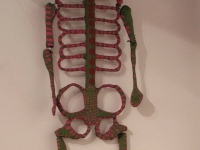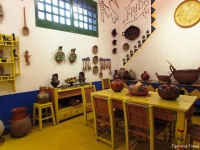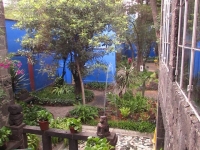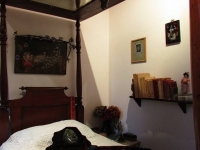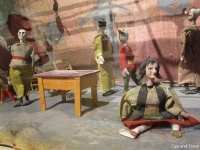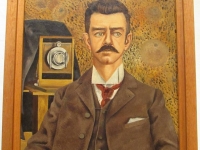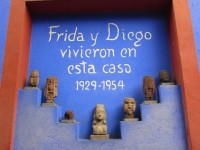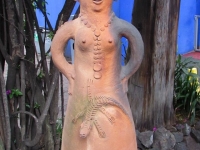Piazza Ducale is the main square of the town of Vigevano, a town in the Italian province of Pavia in the Lombardy region of Italy. It is a real jewel of the Renaissance, built on the rule of Ludovico Sforza, the Moro (1492-1494), who considered it like the hall of his castle. Originally, it was 138 meters long and 46 meters wide, project in which the architect Donato Bramante involved. At the time of Ludovico Sforza, the square was already closed on three sides by palaces with porches and facades painted fresco, arcades supported by 84 columns with capitals each different. The fourth side was occupied by two triumphal arches at the intersection of the current Via del Popolo and Via Silva, while a long ramp stone, which started from the center of the square, allowing riders and carriages the access to the castle.
The current architectural shape is drawn by the architect Juan Caramuel Bishop Lobkowitz in 1680. The Duomo facade extends curving across the width of the square. It continues to be surrounded by arcaded porticoes and palaces, with arched windows topped by an attic with an open oculus. The ramp to the castle or the triumphal arches disappeared. All the buildings are covered with a bright pictorial decoration. During the Austrian occupation (eighteenth century), they install the statue of St. John of Nepomuk. The paving of the square is formed with tiles of white and black granite from the Ticino River.
Between 1903 and 1910 there has been a big restauration where they found frescoes from the sforzesque time; so they were discovered and restaured. In 1911, they added the cast iron street lamps.
Even today, it is the main access to the Sforzesco Castle and the imposing crenellated Bramante tower .
Tips
Enjoy your visit and go up the Bramante tower to enjoy a panoramic view of the city.
In addition there are many cafes, restaurants and ice cream shops around the square that allow you to sit outdoors to admire the beauty of the place while having something to eat or drink.
